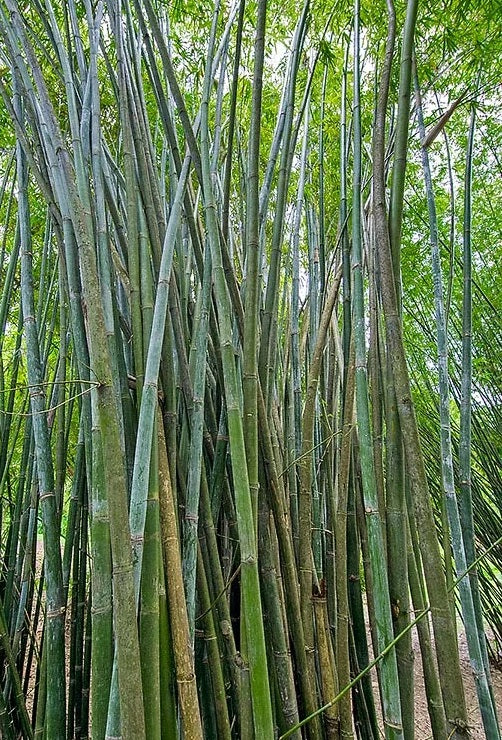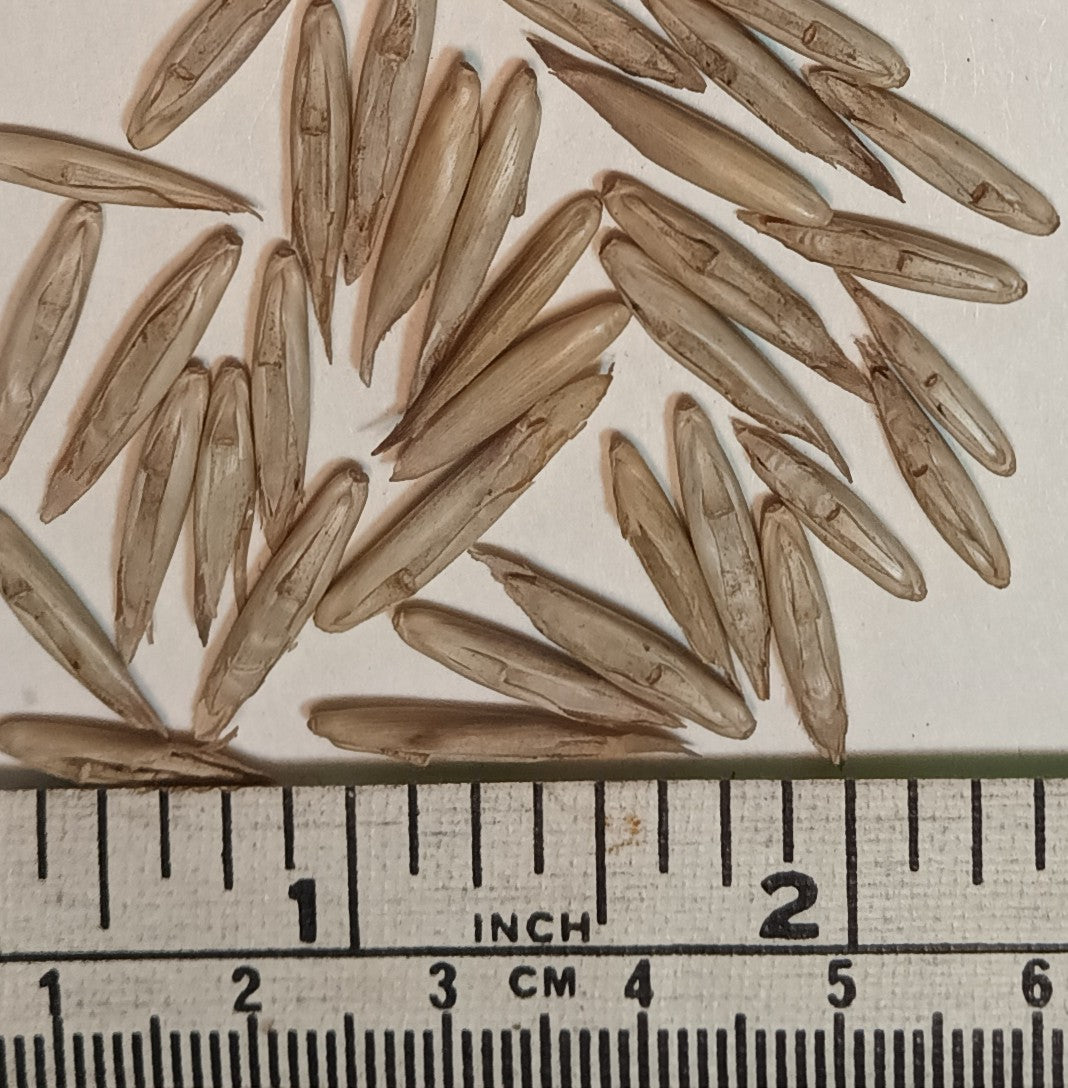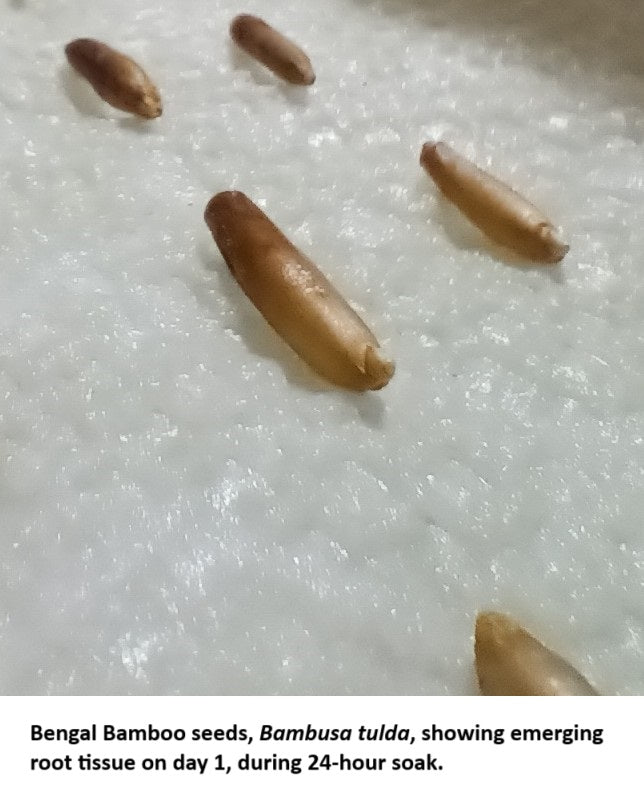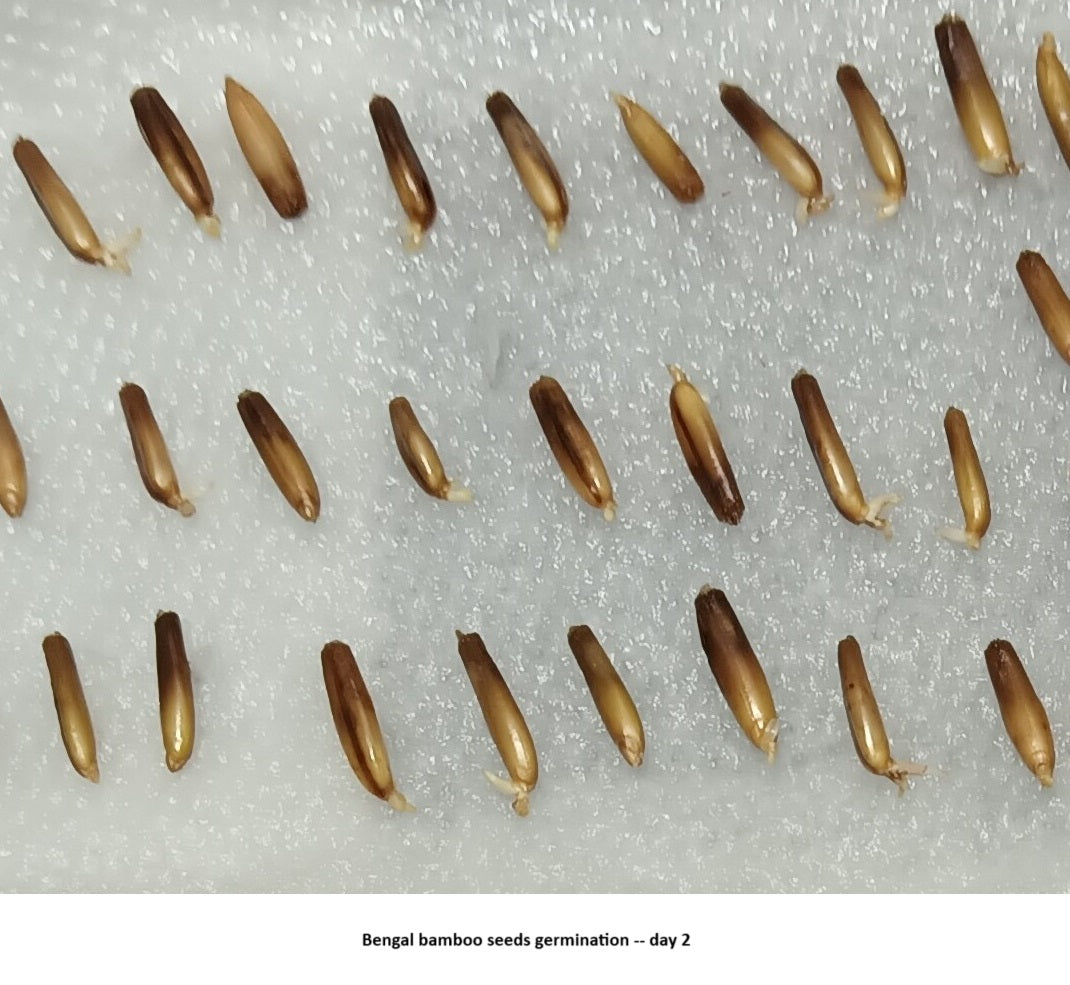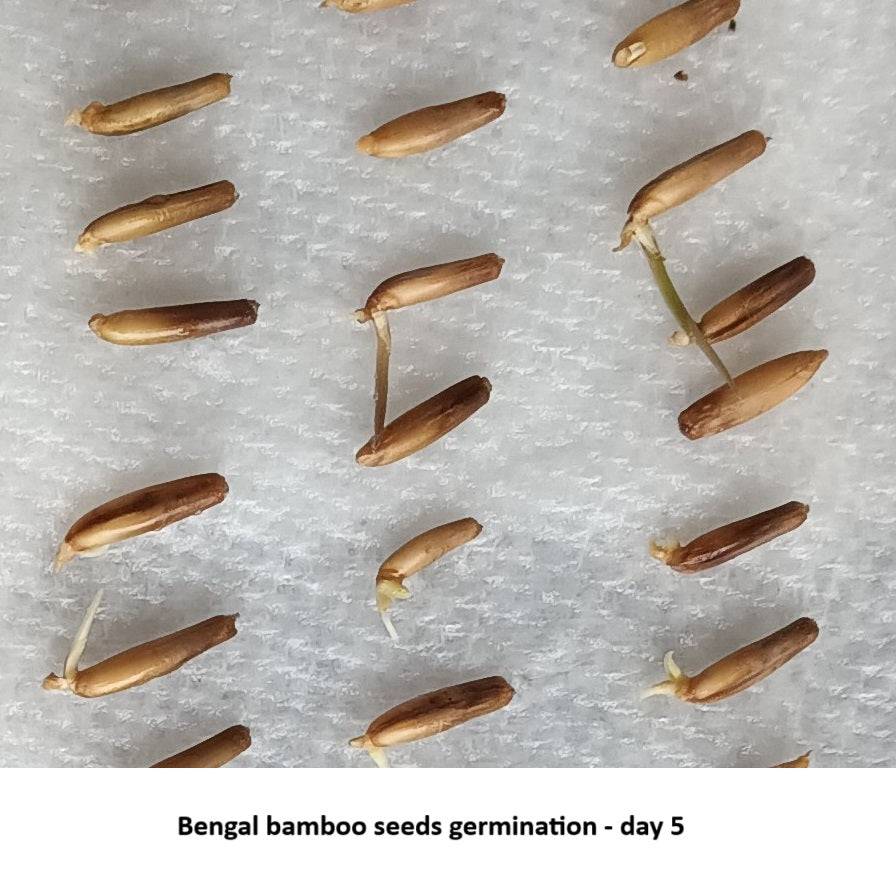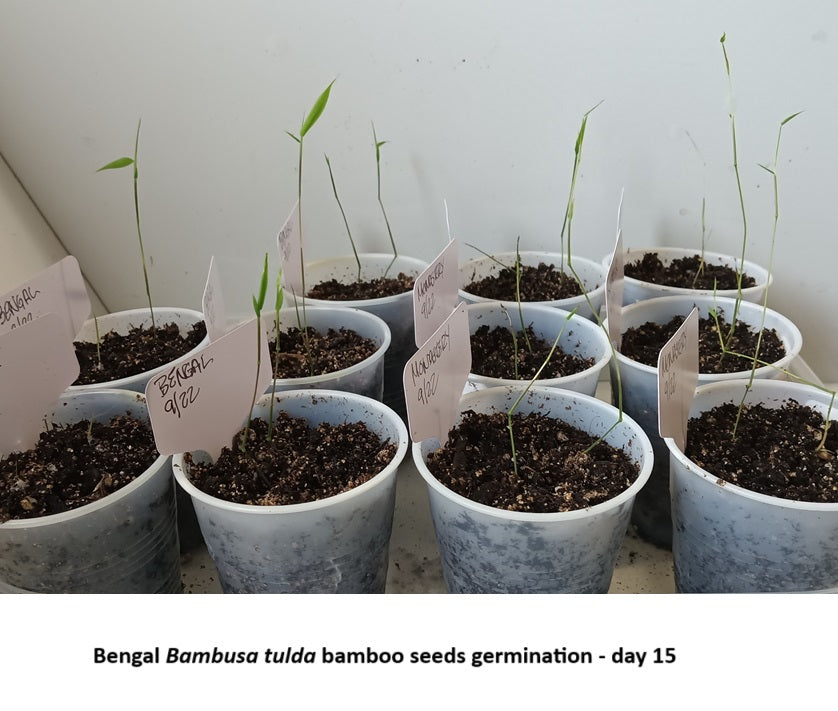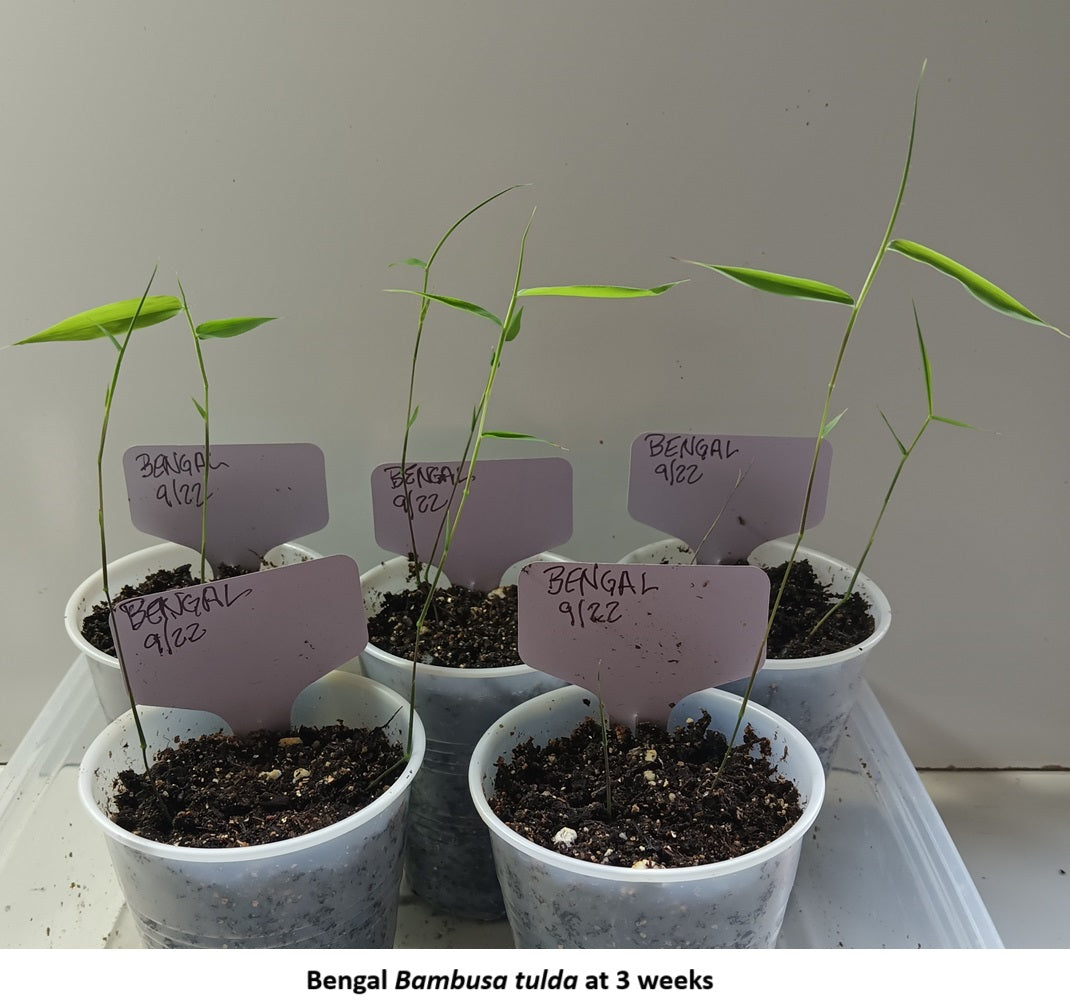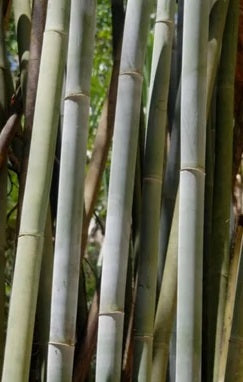The Bamboo Seed
Bengal Bamboo Seeds
Bengal Bamboo Seeds
Couldn't load pickup availability
Bengal Indian Timber Bamboo Seeds for Sale
- Quantity 30+ Bengal Bamboo seeds
- USDA Zones 9-13; in colder zones if winterized
- Subtropical Temperate/Tropical bamboo
- Cold Hardy to 25°F / -4°C
- Dense Clumping bamboo seeds
- Non invasive bamboo seeds
- Timber bamboo
- Height 50-65' / 15-20m
- Scientific name: Bambusa tulda
- Avg. days to first germination: 3-7
- When to Germinate: Any time
-
How to Germinate
Indian Giant Timber Bamboo Seeds
Indian Timber Bamboo, also known by its common names Bengal Bamboo, Spineless Indian Bamboo, and Indian Giant Timber Bamboo, is a giant timber bamboo species prized for its rapid growth, strength, and versatility. Bengal Bamboo seeds are consistently one of our fastest germinating seeds, often showing developing roots and stems in the first few days of germination.
At maturity, this bamboo reaches impressive heights of 50-65 feet (15-20 meters) with culms (stems) that have an average diameter of 5-10 cm. Its growth habit is densely clumping, making it manageable while still maintaining its robust structure. The culms are typically light green or greyish white when young, and the internodes measure 40-60 cm in length, with culm walls that are 10-20 mm thick, occasionally becoming solid near the base.
Bengal Bamboo Growth Characteristics
This bamboo’s branching habit involves several clustered branches, often with 1-3 larger ones dominating the group. The leaves are slender, ranging from 7-17 cm long and 7-12 mm wide, contributing to its graceful appearance. Indian Timber Bamboo thrives in tropical and subtropical climates and requires full to partial sun exposure. It is cold hardy to 25°F (-4°C) and is suitable for USDA hardiness zones 9b to 13. The preferred soil for optimal growth is loamy and alluvial, which should be fertile and well-drained, while its water needs are average.
Planting Indian Timber Bamboo
For planting, it’s recommended to space the bamboo every 3 meters for screening purposes or 5x5 meters for culm production. This species has an edibility rating of 3 out of 5, and its flowering cycle ranges between 15 to 60 years. Indian Timber Bamboo originates from a wide geographic region including Bangladesh, Bhutan, China, India, Laos, Myanmar, Nepal, Thailand, and Vietnam.
Bengal Bamboo Uses and Applications
The uses of Indian Timber Bamboo are vast and include construction, scaffolding, furniture-making, basketry, mats, household utensils, handicrafts, paper pulp production, and windbreak applications. Its strength and adaptability make it a highly valuable resource across various industries.
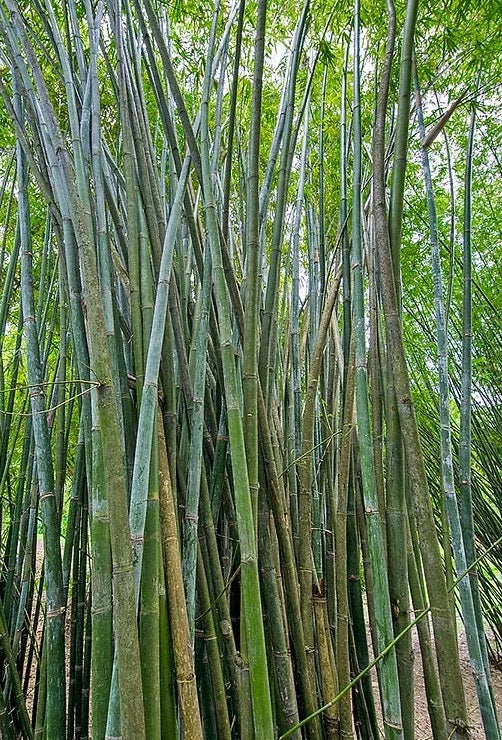
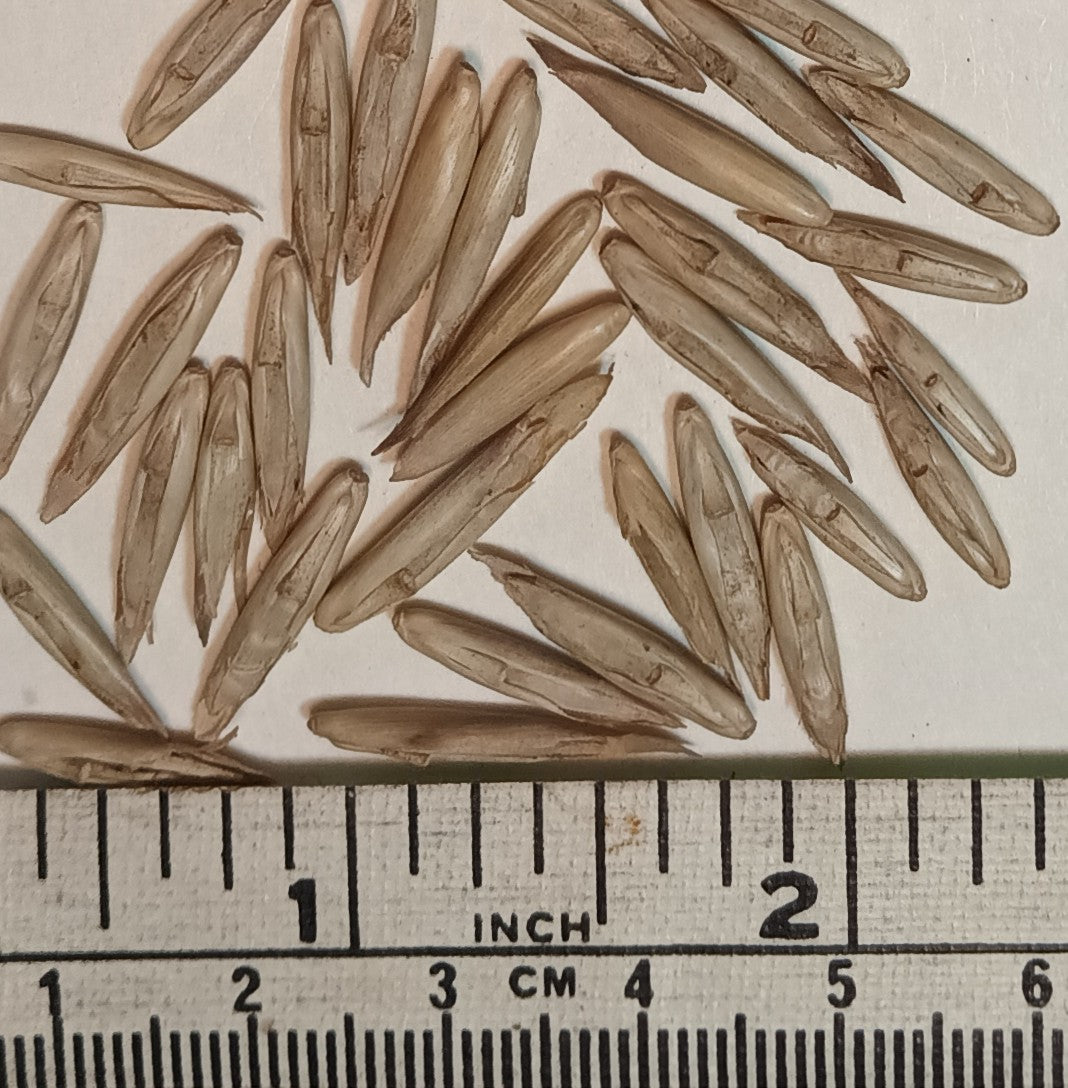
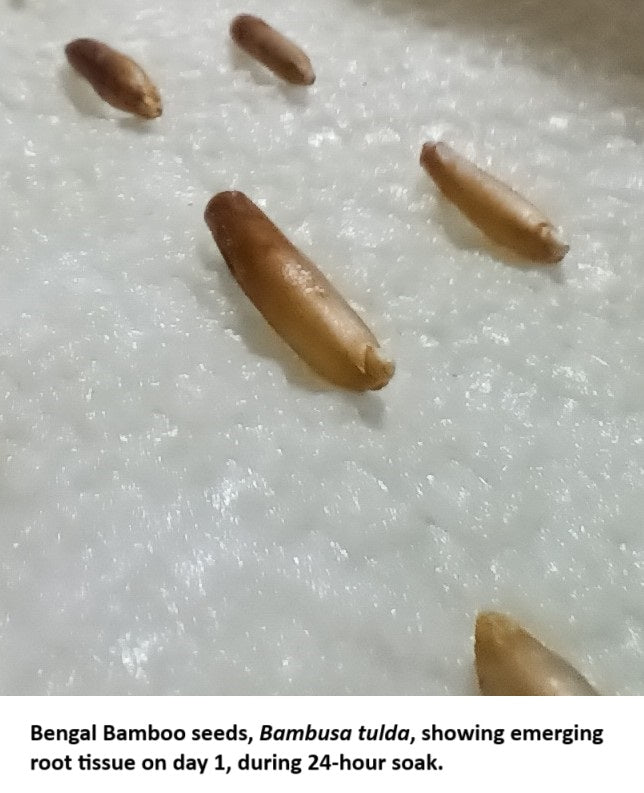
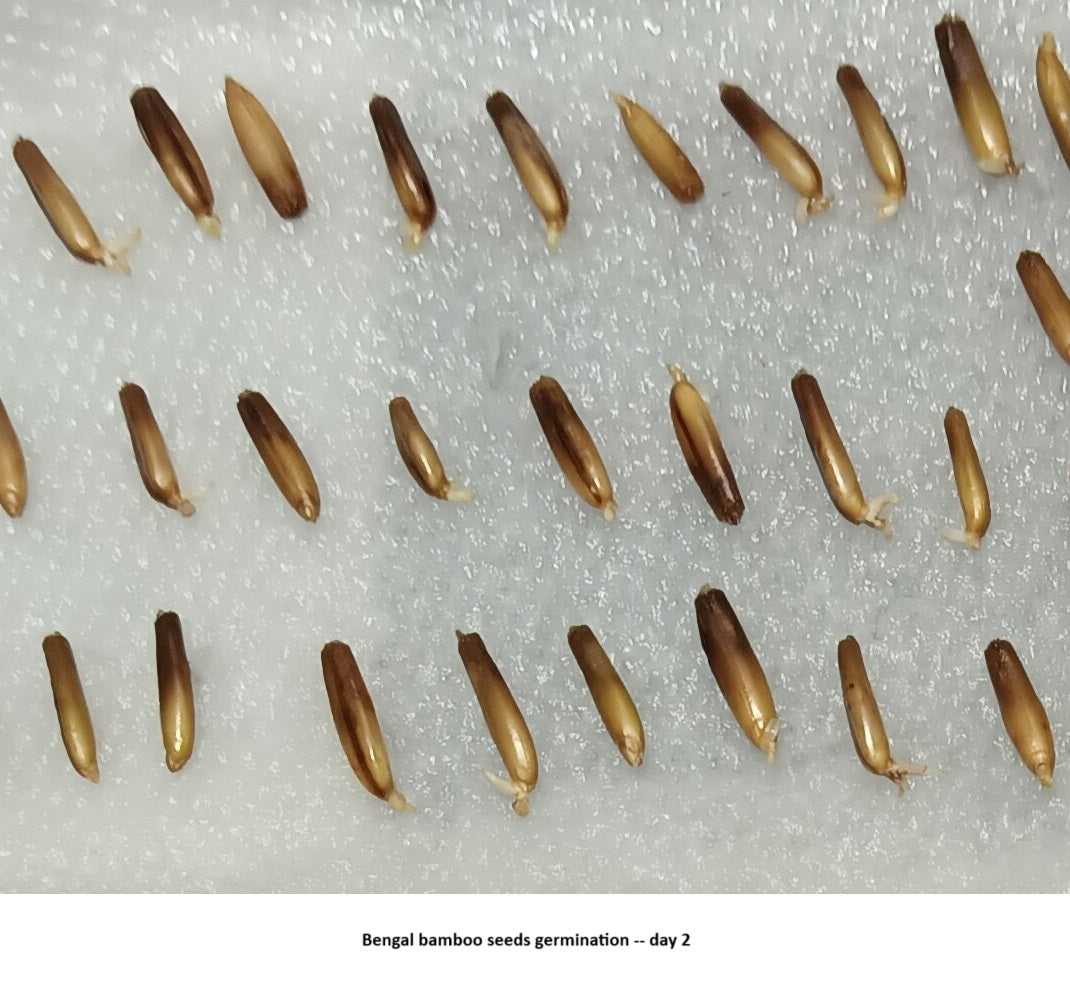
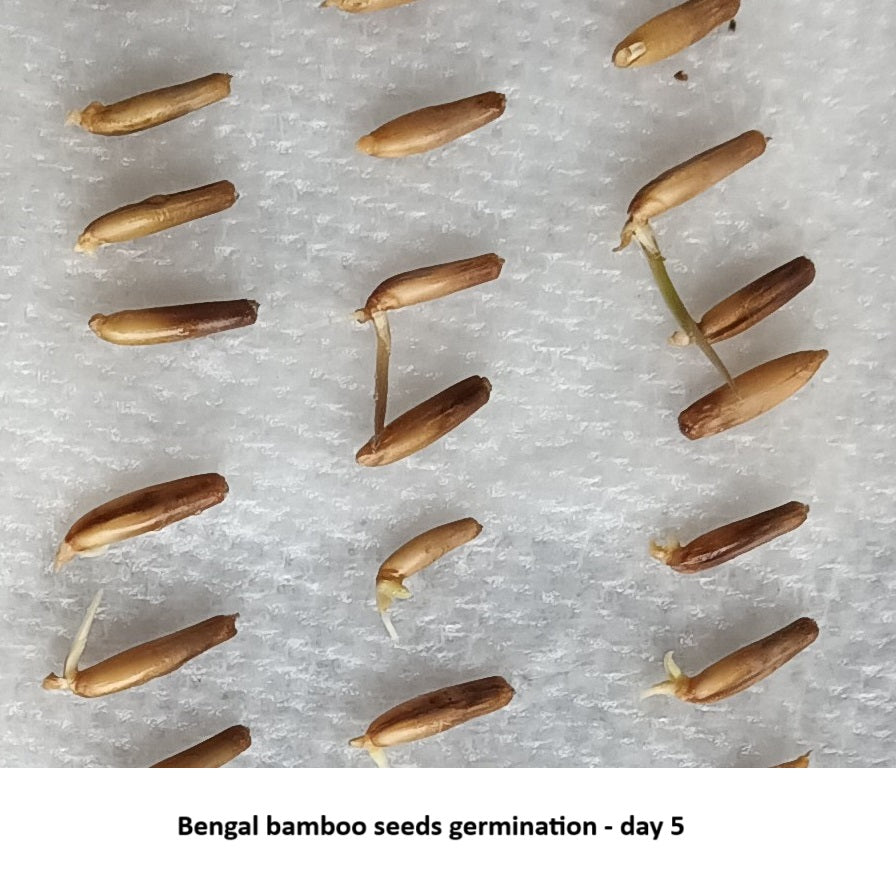
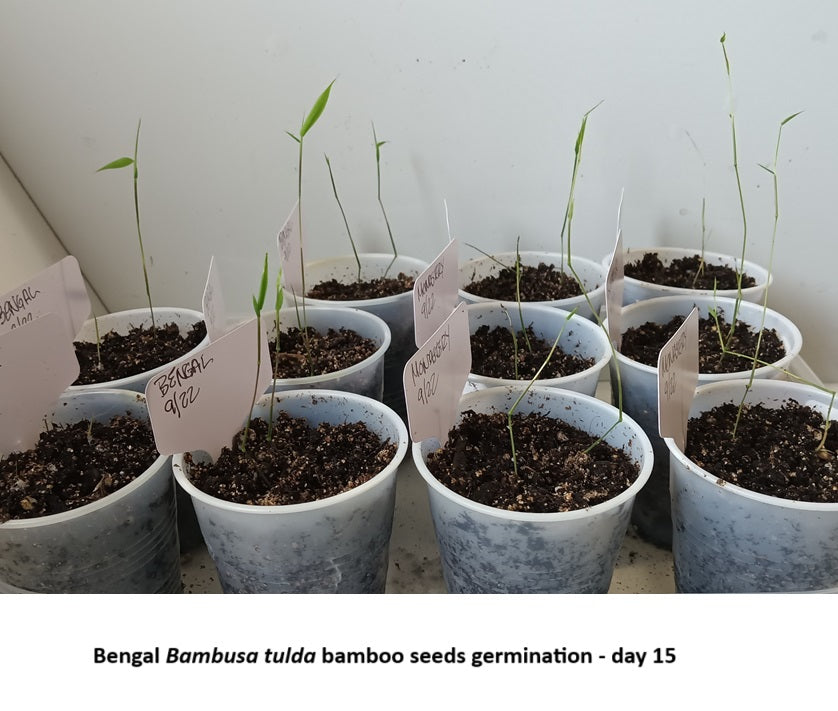
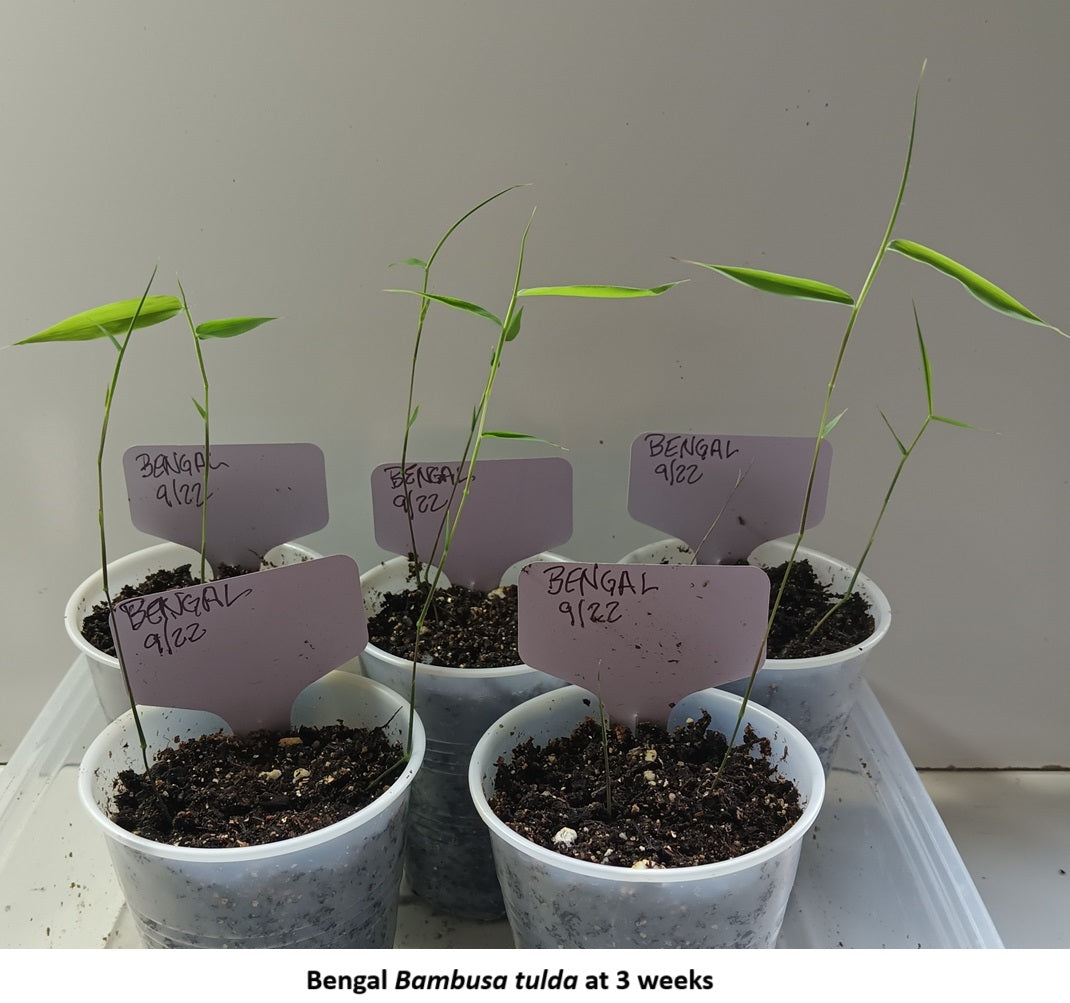
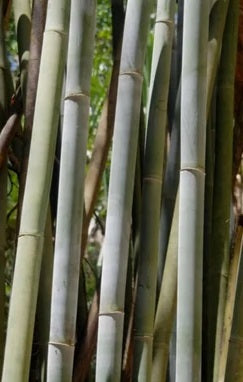
Collections
-
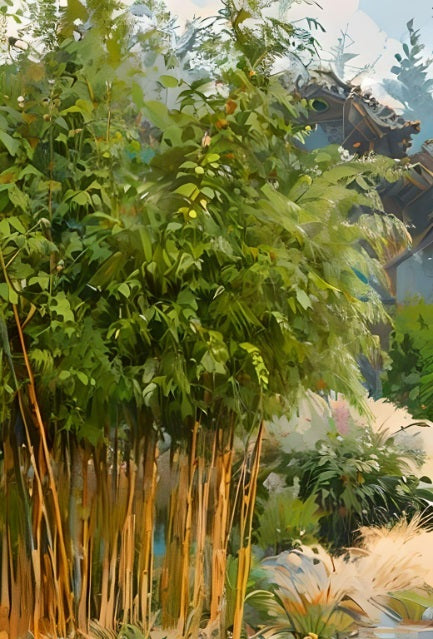
All Bamboo Seeds for Sale
Welcome to our catalog of bamboo plant seeds for sale including clumping...
-
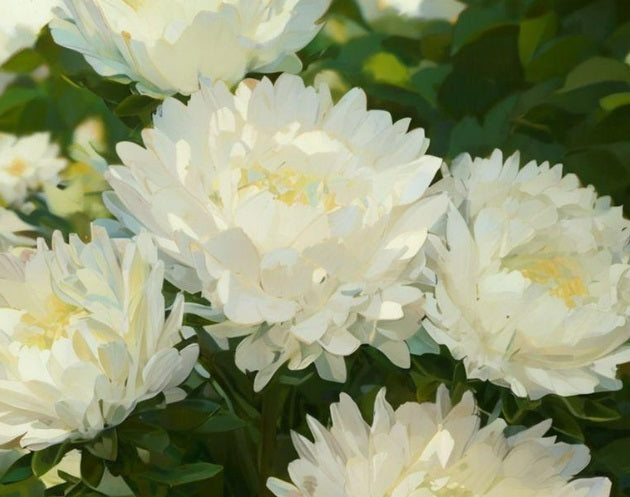
All Flower Seeds
All of our 2025 flower seeds are sold out. Please check back...
-
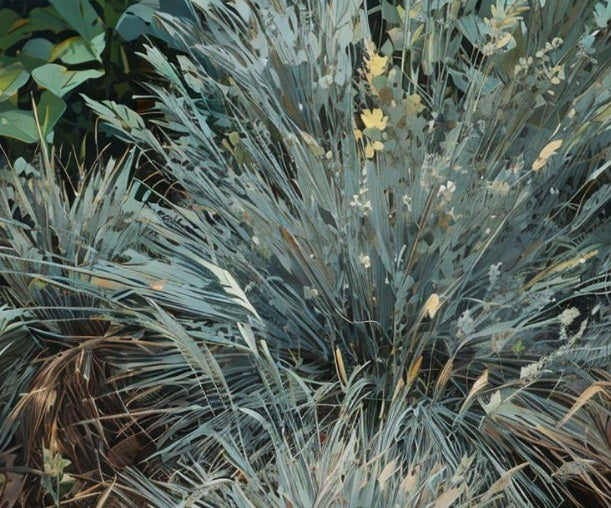
All Ornamental Grass Seeds
Grass has finally come into its own as a garden landscape centerpiece....
-
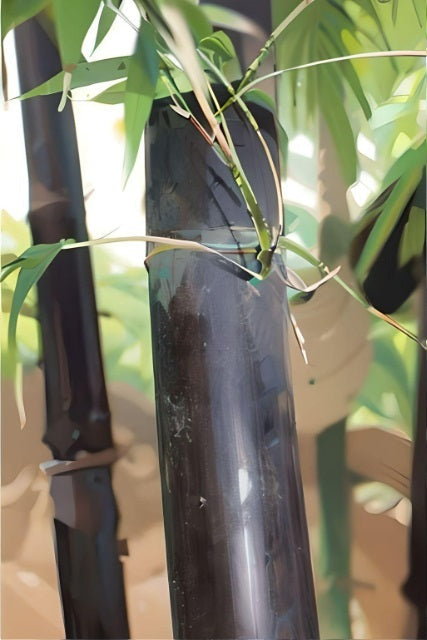
Black Bamboo Seeds
Consider Black Bamboo seeds for eye-catching bamboo varieties with lustrous black, dark...
-
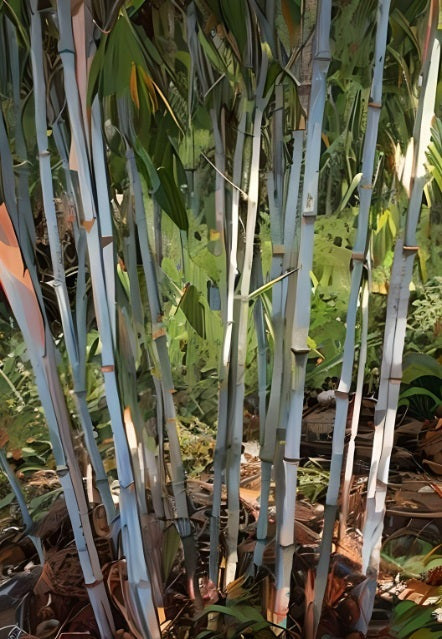
Clumping Bamboo Seeds
Clumping bamboo species grow in dense clumps or clusters that are naturally...
-
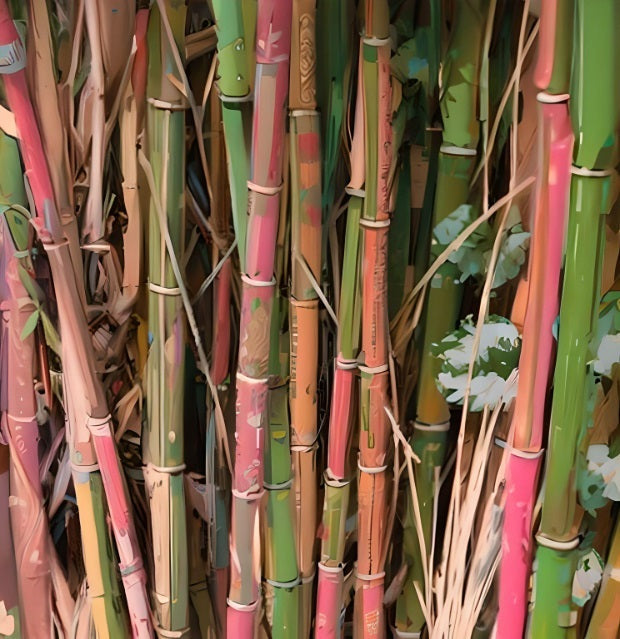
Cold Hardy Bamboo Seeds
A selection of cold resistant bamboo seeds for hardy bamboo able to...
-
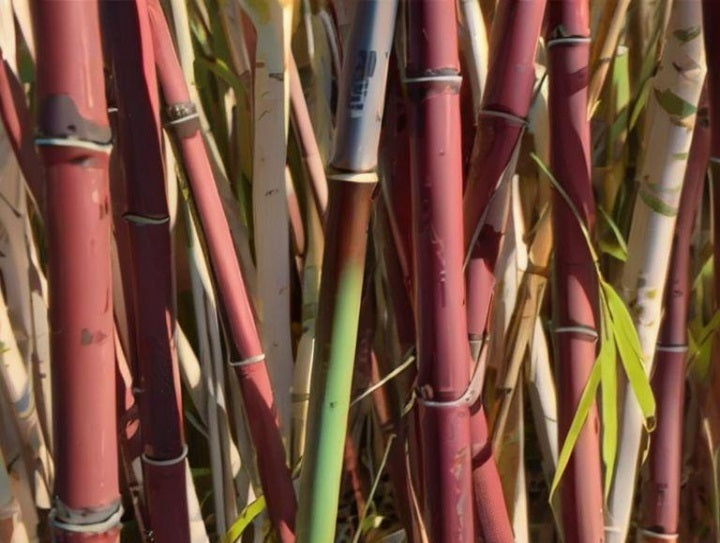
Fargesia Bamboo Seeds - Clumping and Cold Hardy
Buy bamboo seeds for beautiful cold hardy and clumping Fargesia bamboo. Our...
-
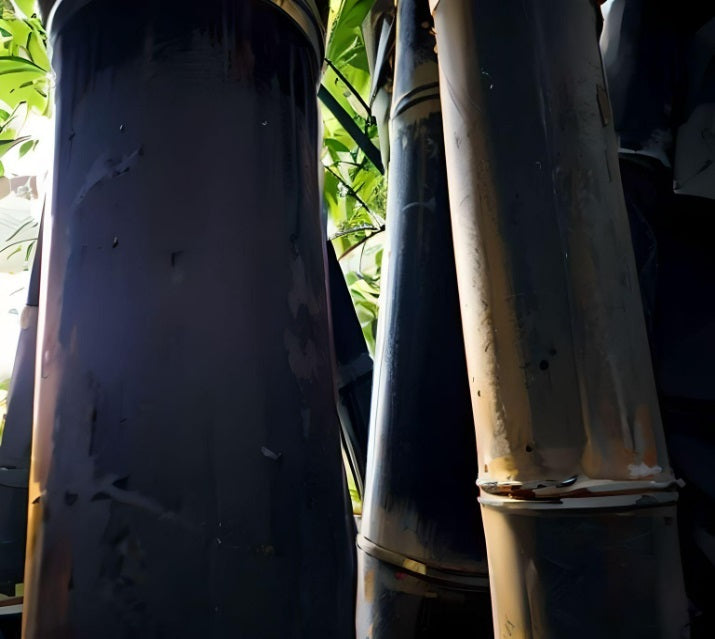
Giant Bamboo Seeds
When you're looking for impressive size with ample shade below, consider fastest...
-
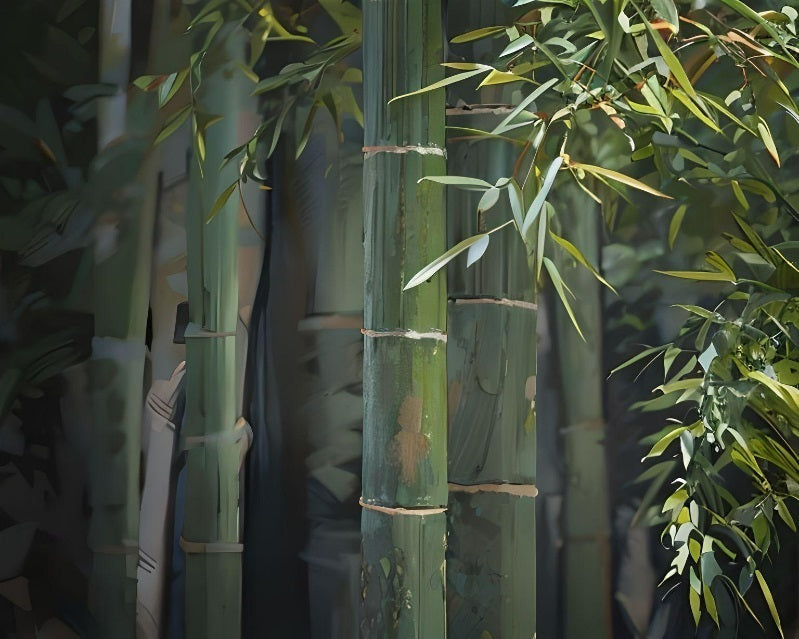
Running Bamboo Seeds
Running bamboo spreads through underground runners, known as rhizomes. These rhizomes can...
-
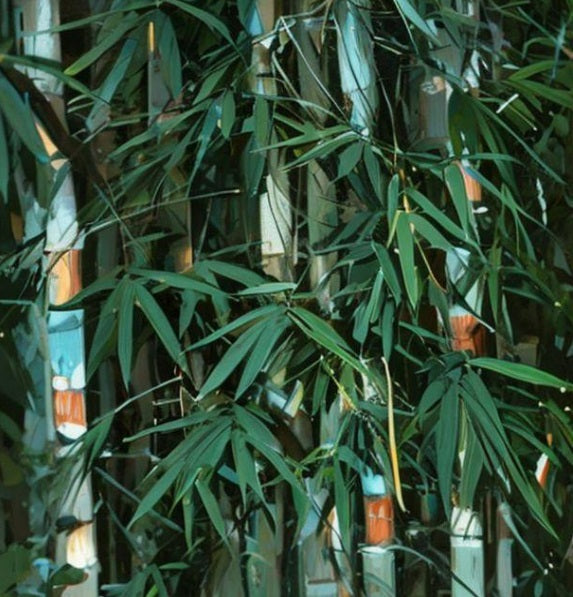
Tropical Bamboo Seeds
Our curated selection of tropical bamboo seeds best suited for planting in...

